As property prices continue to rise across Australia, it is getting harder and harder for people to enter the property market for the first time. A rising trend is that of co-ownership. Co-ownership refers to the purchase of property by two or more people, be it de facto, friends or family members.
Benefits of co-ownership
• Savings are pooled towards the deposit, allowing you to buy a property sooner.
• Borrowing power for the loan is combined, resulting in buying a better quality property than you are able to afford on your own.
• Running expenses of the property are shared, affording you a little left over in the budget for the occasional treat.
Risks of co-ownership
• All parties are jointly and severally liable for the entire debt, not just your individual share.
• Lenders will take the total debt into account, not just your individual share, when calculating serviceability for additional loans.
• Conflict may arise as individual circumstances change.
The key to successful co-ownership is investing extra time in planning. By using the right legal structure, drawing up a co-ownership agreement to cover changes in circumstances and seeking professional advice to ensure you are adequately protected, co-ownership may be your solution to entering the property market.
Legal structure
The tenants in common structure is ideal for co-ownership. It allows for several owners to purchase unequal shares in the property and for each owner to be able to will their interest in the property to a third party. It is a more flexible form of property ownership than joint tenants where owners do not have individual ownership, but own the entire interest in the property together. Joint tenants possess a right of survivorship, ie the interests of a deceased joint tenant automatically pass to the surviving joint tenant/s.
Co-ownership agreement
The co-ownership agreement is a legal document designed to set out the rights and responsibilities of each owner. It is an added expense at the time of purchase but it is essential to avoid issues in the future if circumstances change.
A co-ownership agreement should cover:
• individual contributions by each owner, including deposit and purchase price,
• owners’ borrowings and who is responsible for the repayments,
• who resides in the property and on what basis,
• what to do in the event one owner wishes to sell,
• how to allocate the proceeds of the sale,
• obligations regarding maintenance of the property,
• what to do in the event of a dispute, and
• the insurances each owner needs to maintain.
Advice
As with all financial matters the right advice is crucial. You will need advice, not only on the legal structure of the co-ownership, but also the appropriate financial advice – especially if you intend to purchase the property as an investment. You will need to establish a joint bank account for expenses and find the right loan to accommodate the coownership structure. Depending on your circumstances you may also need advice on the First Home Owner Grant and stamp duty exemptions. As co-owners are jointly and severally liable for the entire loan, not just their individual share, insurance is another key point to discuss to ensure that all parties are adequately covered.
This article was provided by Pathway Mortgage & Finance Pty Ltd (www.pathwayfinance.com ) and reproduced with the permission of Your Client Matters Pty Ltd





Comments